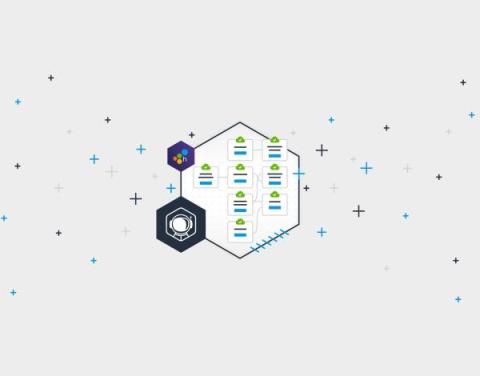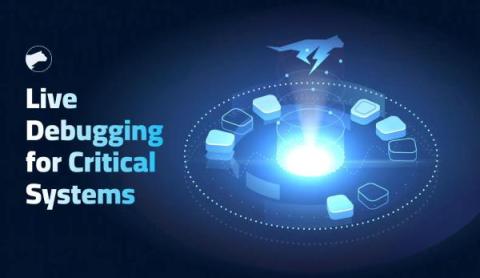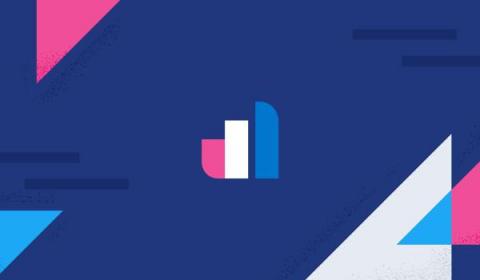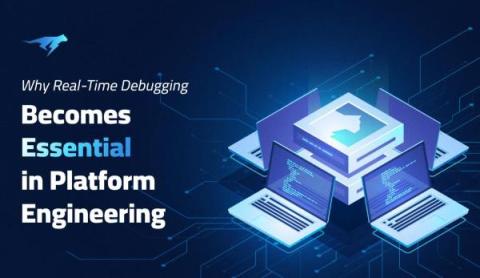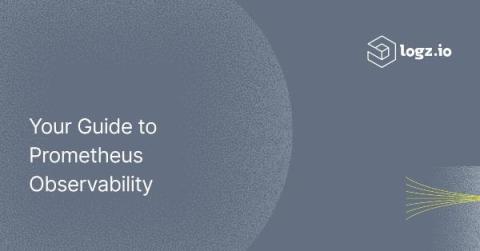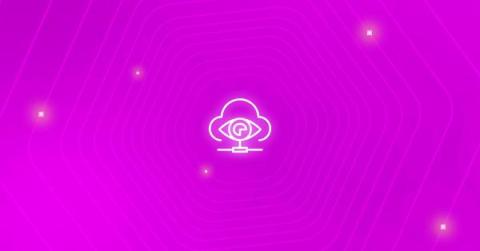Start with Traces, not with Logs: How Honeycomb Helped Massdriver Reduce Alert Fatigue
Massdriver is a cloud operations platform that makes it easier for engineering teams to build, deploy, and scale cloud-native applications. While many companies use this lofty language to make similar promises, Dave Williams, CTO and co-founder at Massdriver, means it. Before Massdriver, Dave worked in product engineering where he was constantly bogged down with DevOps toil. He spent his time doing everything except what he was hired to do: write software.


